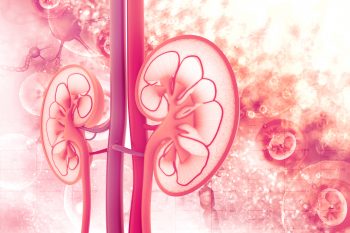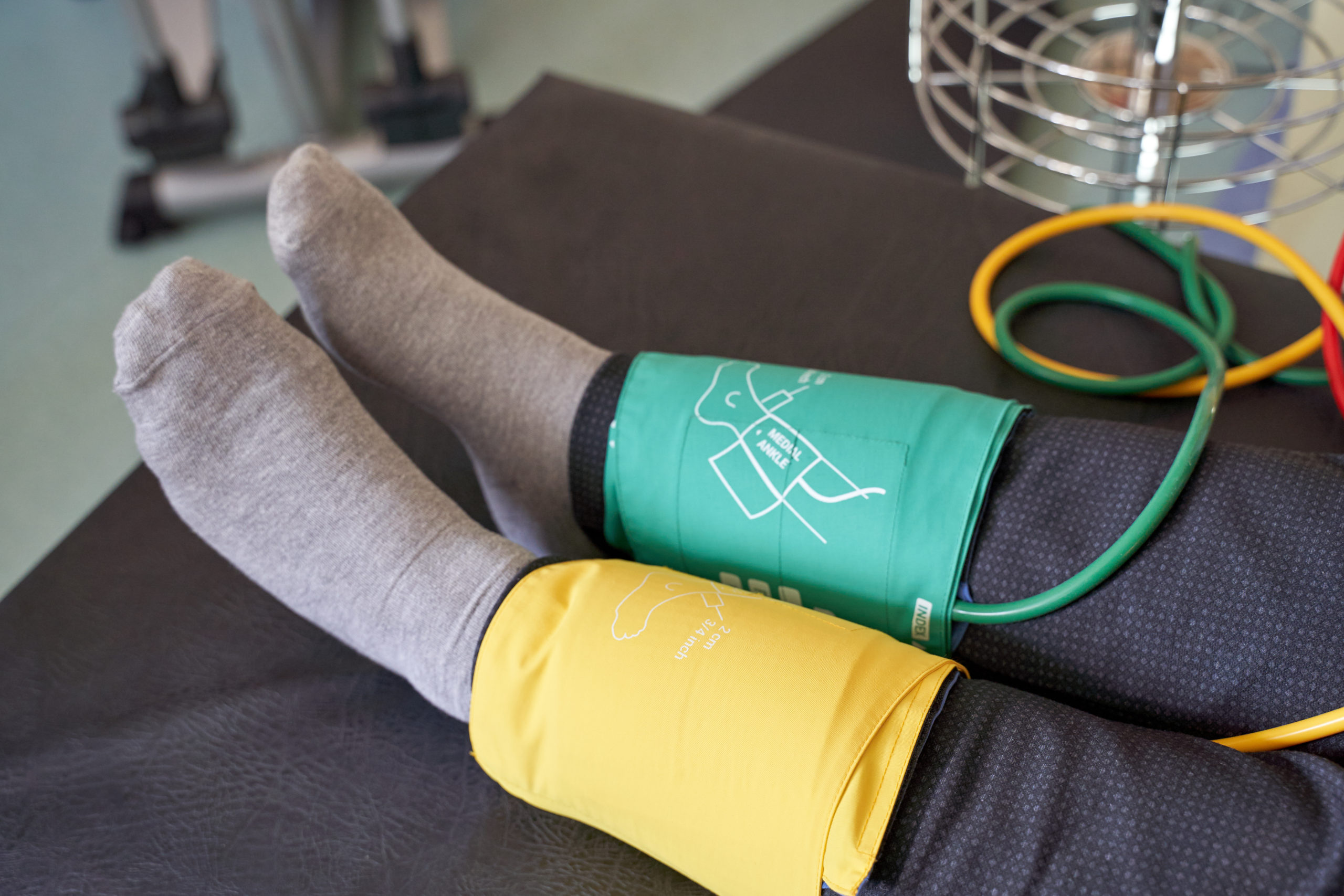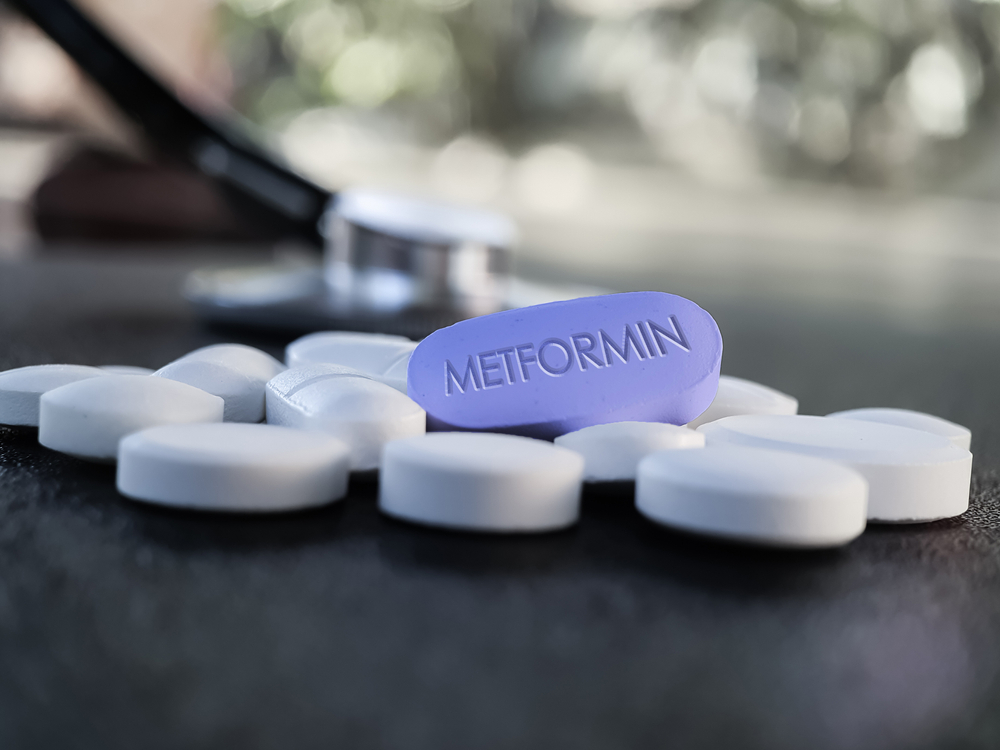
Hyperkalemia, a common complication in patients with chronic kidney disease (CKD), may be exacerbated by pharmacologic management. In light of new treatments emerging for hyperkalemia, Adam Weinstein, MD, and colleagues conducted a retrospective cohort study to examine current clinical management of hyperkalemia in outpatient nephrology settings in the United States.
Results of the study were reported during a poster session at the NKF 2020 Spring Clinical Meetings. The poster was titled Contemporary Clinical Management of Hyperkalemia by Nephrologists.
The study cohort included adults with CKD and hyperkalemia treated at 11 nephrology practices in the United States between 2015 and 2019. Eligible patients had at least two serum potassium values (one ≥5.2 mEq/L). Using the most recent serum potassium value, patients were stratified into one of three cohorts: cohort A, serum potassium ≥5.2 to <5.5 mEq/L; cohort B, serum potassium ≥5.5 to ≤6.0 mEq/L; and cohort C, serum potassium ≥6.0 mEq/L. From a total of 365 medical charts that met inclusion criteria, 10+ were randomly selected from each cohort from the 11 practices.
Of the 365 eligible patients, 63% were 60 to 79 years of age, 59% were male, and 68% were white. The most common chronic conditions were CKD (48% stage 3 CKD and 33% stage 4 CKD), hypertension (81%), diabetes mellitus (50%), and ischemic heart disease (7%). Medications listed on the charts included angiotensin-converting enzyme inhibitors or angiotensin II reception blockers (66%), aldosterone blocking agents (7%), diuretics (44%), and potassium binders (20%).
Forty-nine percent of the medical charts had a diagnosis code for hyperkalemia, and there was substantial variation in treatment patterns by the level of hyperkalemia. The percentages of patients receiving dietary or related education were 43% in cohort A, 57% in cohort B, and 47% in cohort C. Repeat blood draw/recheck of laboratory results was performed in 16% of cohort A, 34% cohort B, and 52% cohort C. Start of medication was seen in 16% of cohort A, 31% in cohort B, and 40% in cohort; cessation of medication was noted in 10% of cohort A, 17% cohort B, and 31% cohort C.
In conclusion, the researchers said, “In this cohort of adults with hyperkalemia, substantial variation was noted in nephrologists’ clinical management of hyperkalemia by its severity. While dietary changes were observed across cohorts, a graduated increase in potassium reassessment and medication changes were found with higher levels of serum potassium.”
Source: Weinstein A, Alvarez PJ, Fogli JJ, et al. Contemporary clinical management of hyperkalemia by nephrologists. Abstract of a presentation at the National Kidney Foundation 2020 Spring Clinical Meetings; abstract #334.







 © 2025 Mashup Media, LLC, a Formedics Property. All Rights Reserved.
© 2025 Mashup Media, LLC, a Formedics Property. All Rights Reserved.